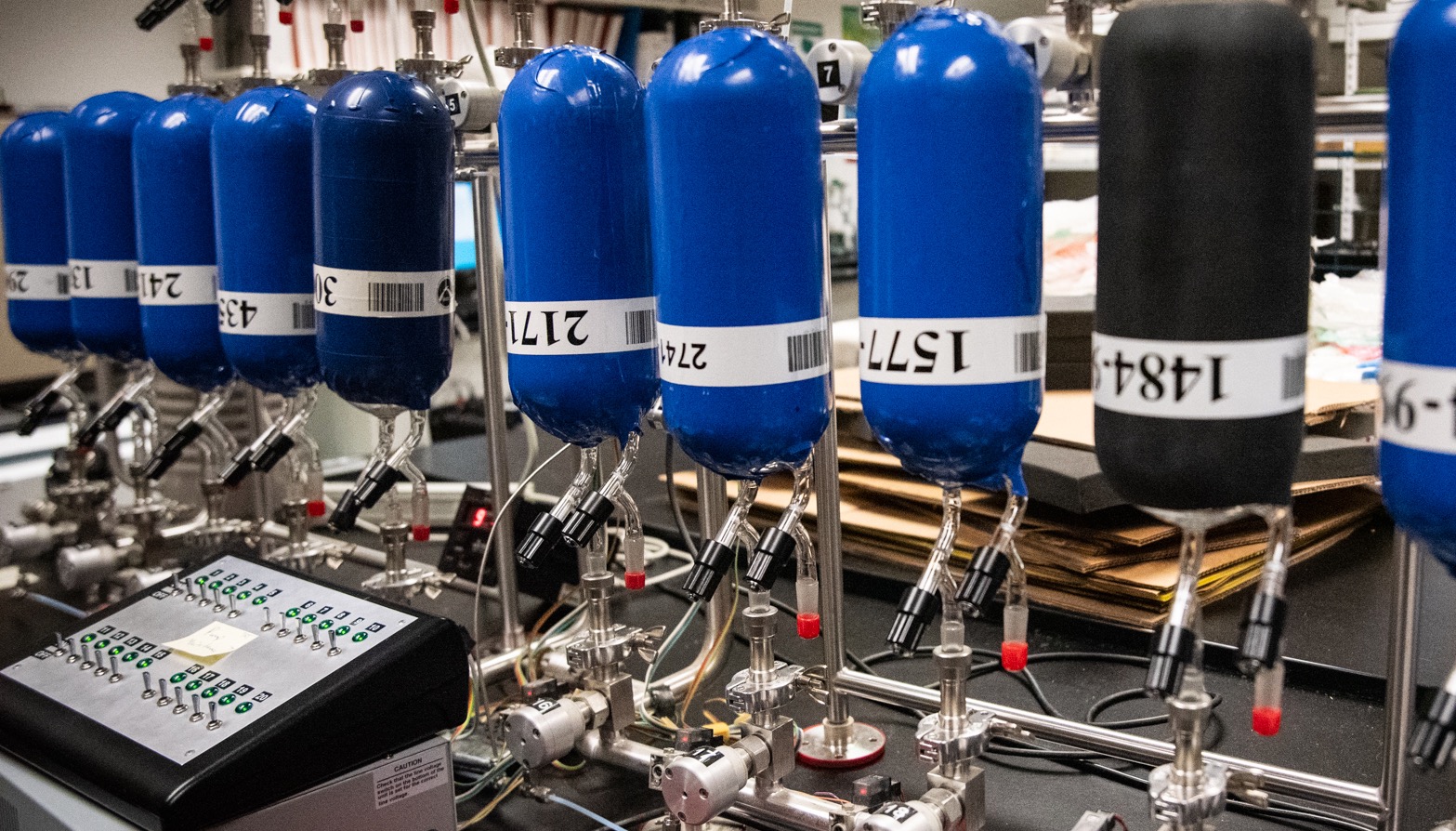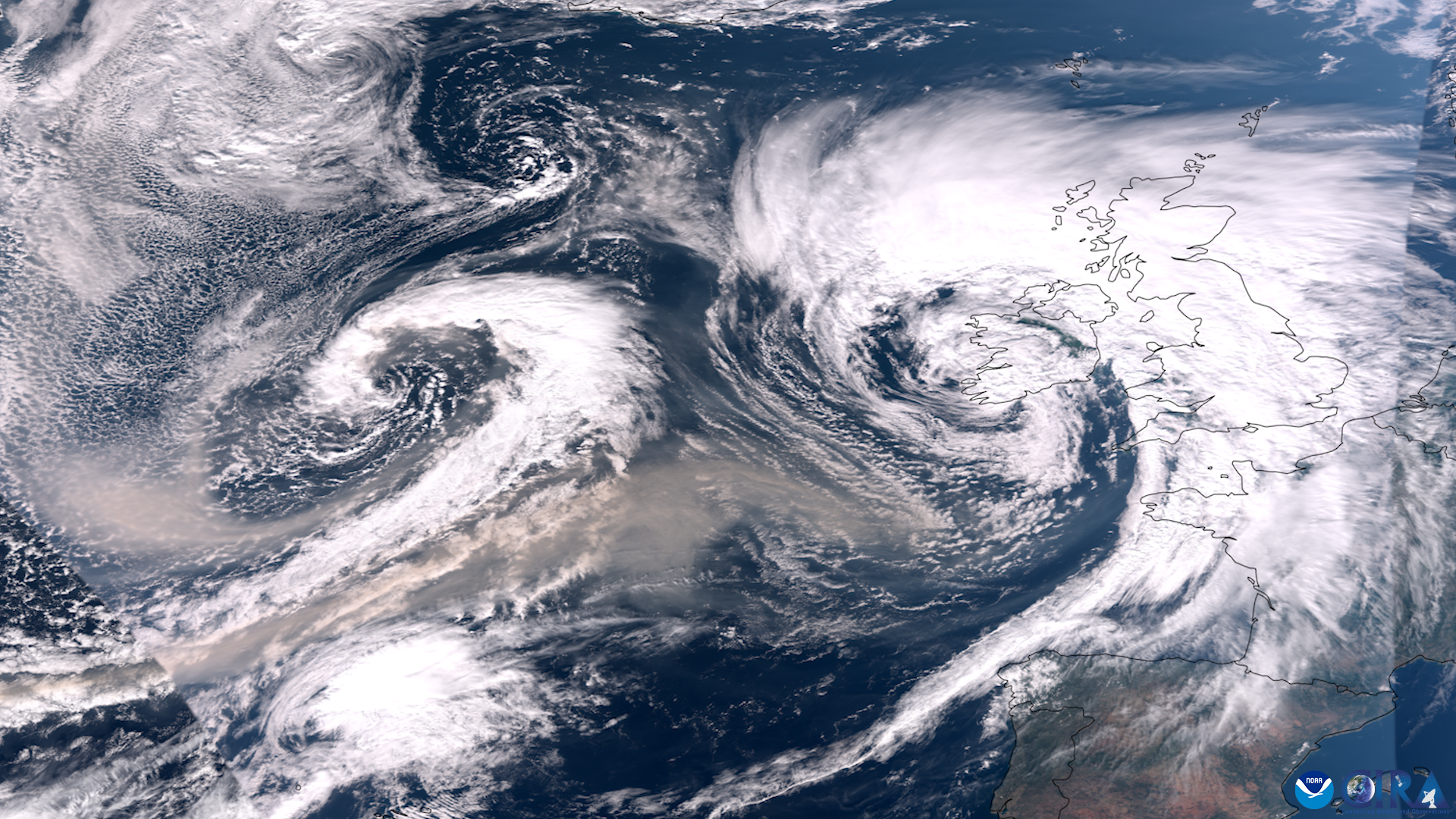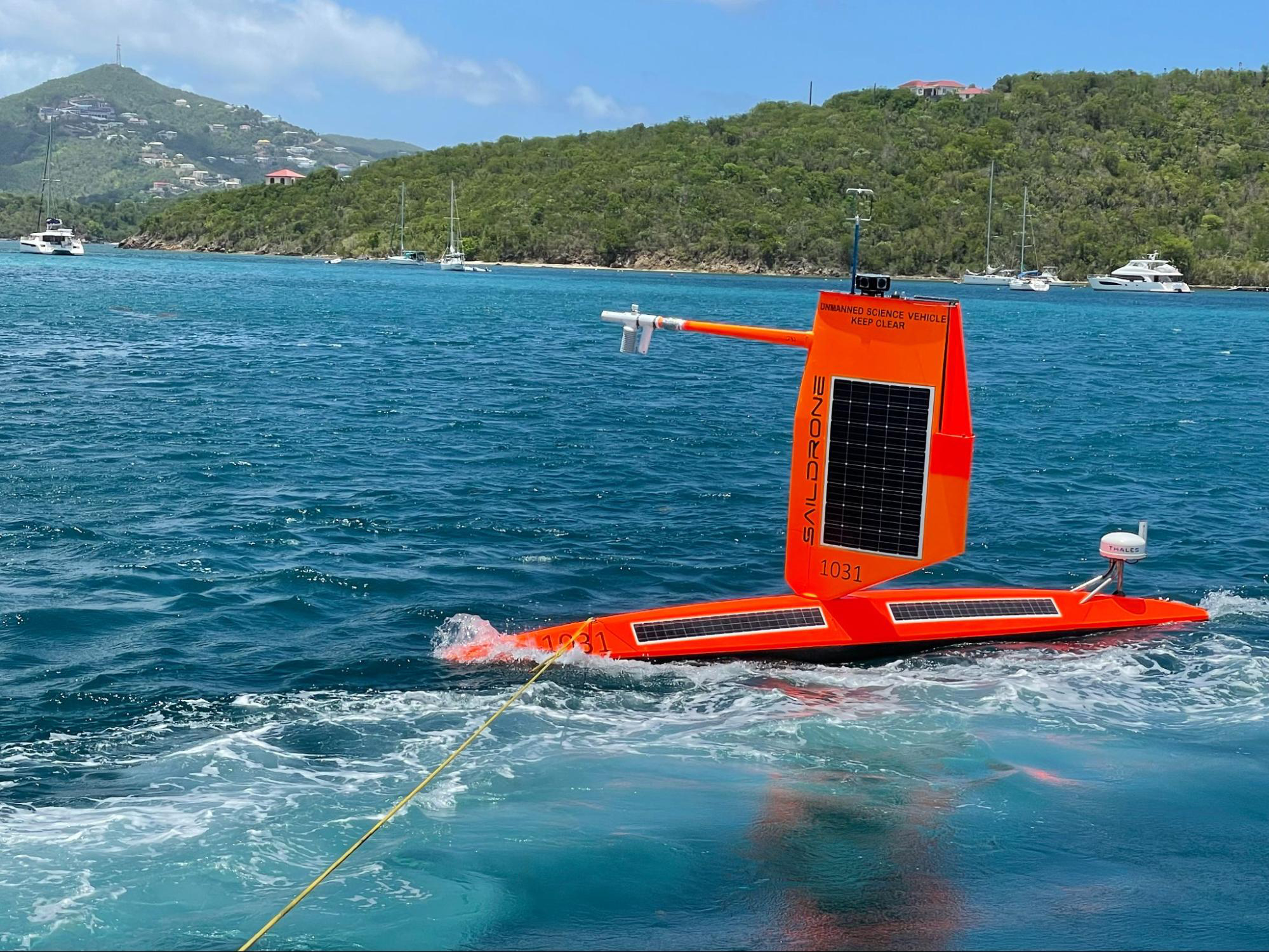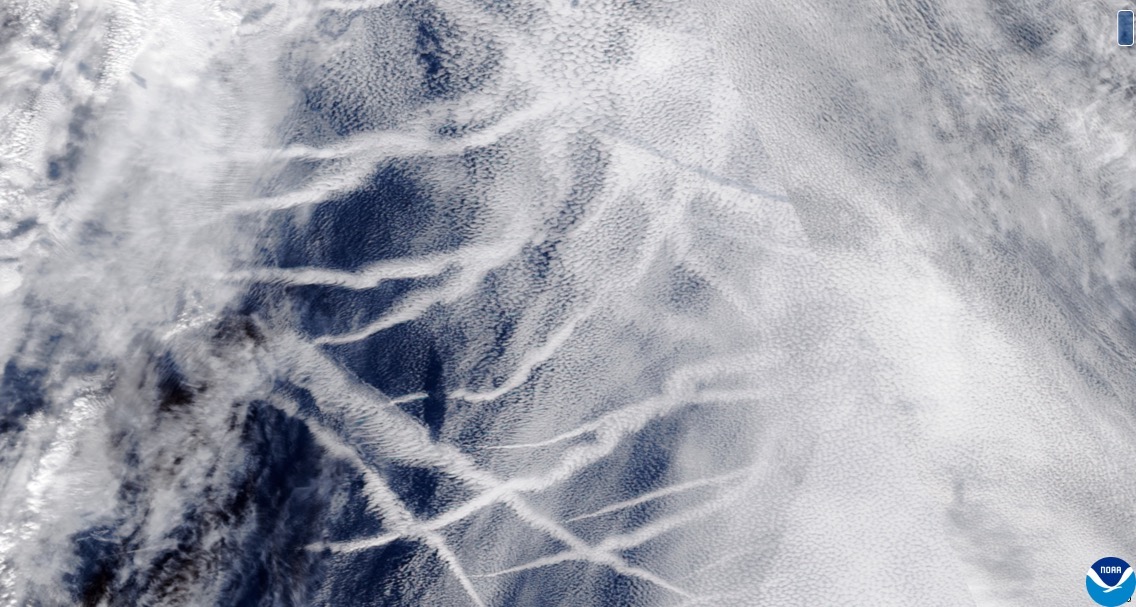Editor’s note: This story was adapted from the news release issued by NIST By many measures, 2020 — a year dominated by an emerging pandemic and overrun with natural disasters — was bad for business. A multitude of variables affected the ability of businesses to adapt, but according to new research, socio-economic vulnerabilities intensified impacts on small businesses. A study by researchers at the National Institute of Standards and Technology NIST and the National Oceanic and Atmospheric Administration NOAA revealed that businesses run by minorities, women and veterans, were dealt a much worse hand by the pandemic than other businesses. What’s more, the team saw that these businesses reported harsher downturns from COVID-19 alone than even other small businesses that were struck by natural disasters on top of COVID-19. Editor’s note: This story was adapted from the news release issued by NIST By many measures, 2020 — a year dominated by an emerging pandemic and overrun with natural disasters — was bad for business. A multitude of variables affected the ability of businesses to adapt, but according to new research, socio-economic vulnerabilities intensified impacts on small businesses.
A study by researchers at the National Institute of Standards and Technology NIST and the National Oceanic and Atmospheric Administration NOAA revealed that businesses run by minorities, women and veterans, were dealt a much worse hand by the pandemic than other businesses. What’s more, the team saw that these businesses reported harsher downturns from COVID-19 alone than even other small businesses that were struck by natural disasters on top of COVID-19. The findings, published in the International Journal of Disaster Risk Reduction, stress the severity of the resilience gap between historically underrepresented group operators HUGO and non-HUGO businesses and highlight the need for additional interventions to HUGO businesses in areas where there is a high likelihood of overlapping natural disasters and other incidents. “It is critical that we understand how climate events amplify existing social and economic vulnerabilities,” said Ariela Zycherman, a co-author of the paper in NOAA’s Climate Program Office. “For HUGO populations in particular, research like this demonstrates the ways pre-existing social inequities threaten resilience.
This information is essential for supporting just climate futures across communities.” The researchers initially developed the survey to learn about the combined impact of the pandemic and extreme weather events, including sudden disasters, such as hurricanes, earthquakes and wildfires, and longer-lasting events, such as droughts and winter storms. By collecting that information, the researchers sought to potentially uncover opportunities for federal agencies and other institutions to offer support effectively. Researchers surveyed more than 1350 businesses The team’s findings are based on responses from more than 1,350 businesses to a survey NIST and NOAA distributed from July to August in 2020. A third of those returning surveys were from underrepresented groups. The survey was distributed through NOAA’s Weather Ready Nation program, NOAA’s Sea Grant network, and NOAA’s Regional Integrated Science and Assessment RISA Program network in addition to other federal and local agencies and private entities. A report published in October 2020, offered an overview of the responses, but the authors of today’s new study sought to gain deeper insight into the role that specific factors played in determining a business’s resilience during the pandemic. “Based on the self-reported responses, we found that businesses belonging to the HUGO group are more likely to experience things like business closure, decreased revenue or decreases in the number of customers,” said Payam Aminpour, a NIST postdoctoral research fellow and co-author of the study. One survey respondent expressed how existing hurdles played into their experience, writing, “I am already a minority because I am a female who owns a [male dominated sector business] and I have struggled to get ahead; now it is [even more] difficult to do [because of COVID-19].” On average, a HUGO business was more than twice as likely to report the negative effects of COVID regardless of whether it experienced a natural disaster than a business that experienced a natural disaster during the pandemic regardless of whether it belonged to the HUGO group. In other words, simply being operated by minorities, women or veterans increased a business’s odds of being susceptible to the pandemic more than natural disasters did.
Scientists begin to probe reasons for gap in resilience In their search for specific explanations as to why demographics were tied so closely to a business’s experience with the pandemic, the researchers noticed that the surveyed HUGO businesses were more likely to be categorized as nonessential, had fewer employees and reported less disaster preparedness on average compared with non-HUGO establishments. The study narrows down the potential culprits for the gap in resilience, suggesting that important clues lie under the stones that have long been left unturned in this research area. Although studies typically report who is granted support, they often leave out numbers about who applied and did not get support, or perhaps did not even know how to apply for support. Other relatively unexplored factors that play a role could include credit scores, access to loans and social capital accessed by business operators. “These factors likely aggregate over time to limit HUGOs’ learning, agency and flexibility — all critical to being resilient when there is a sudden disturbance. But we need to know more about the interplay of socioeconomic systemic barriers and how business operators interact to build resilience capacity,” said NIST economist Jennifer Helgeson, lead author of the study. Critical information might also lie in the way that businesses think of disaster resilience — what resources they are aware of and how they use them. By developing and distributing a follow-up survey that incorporates new techniques to decipher the remaining elements, the researchers hope their research will inform new methods of offering HUGO businesses a helping hand.
Paper: Jennifer F. Helgeson, Payam Aminpour, Juan F. Fung, Alfredo Roa Henriquez, Ariela Zycherman, David Butry, Claudia Nierenberg and Yating Zhang. Natural hazards compound COVID-19 impacts on small businesses disproportionately for historically underrepresented group operators. International Journal of Disaster Risk Reduction. Published online Feb. 10, 2022. DOI: 10.1016/j.ijdrr.2022.102845 For more information please contact Monica Allen, Director of Public Affairs, NOAA Research, monica.allen@noaa.gov, or Jonathan Griffin, NIST Public Affairs Office, jmgriffin@nist.gov



